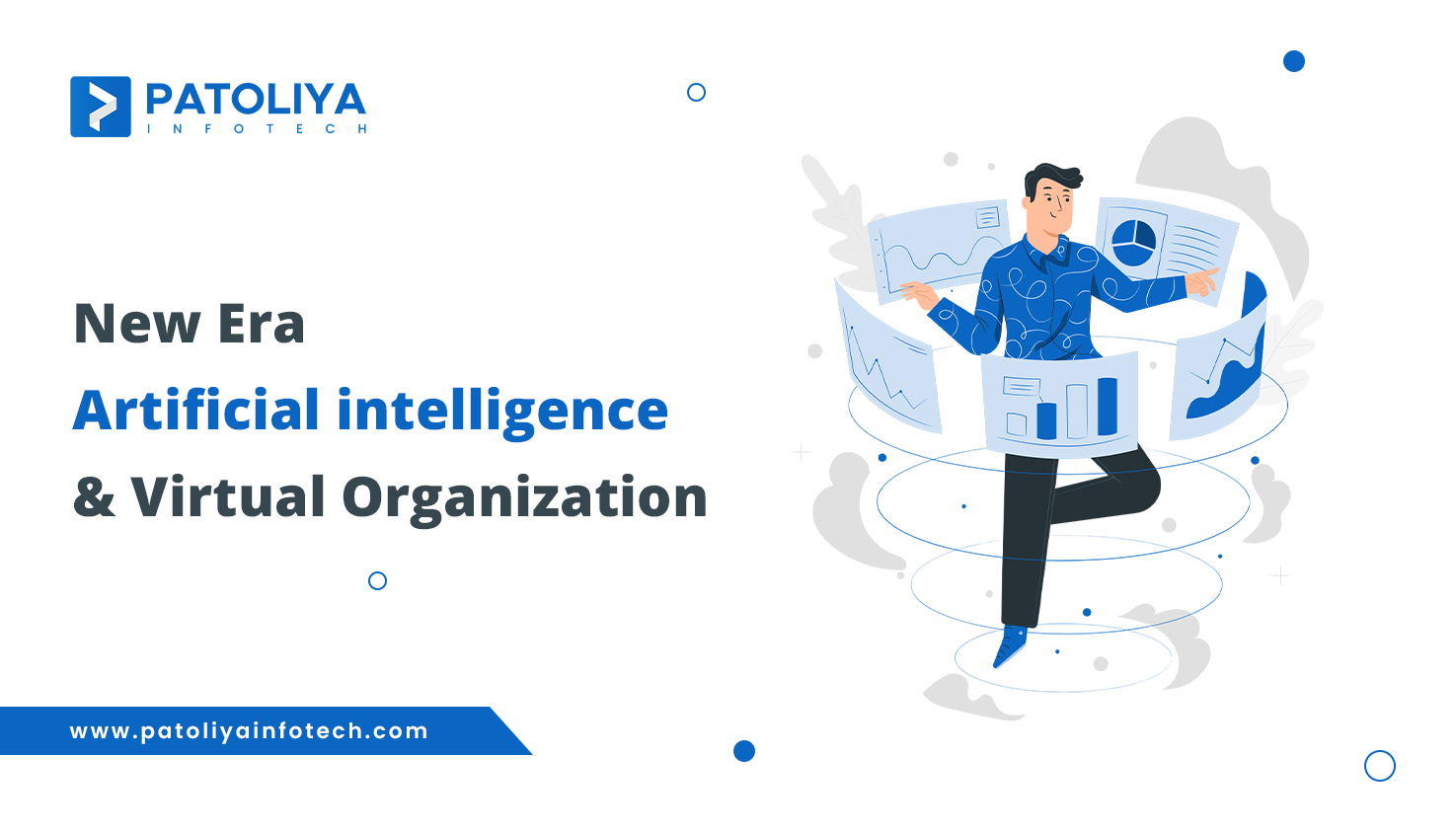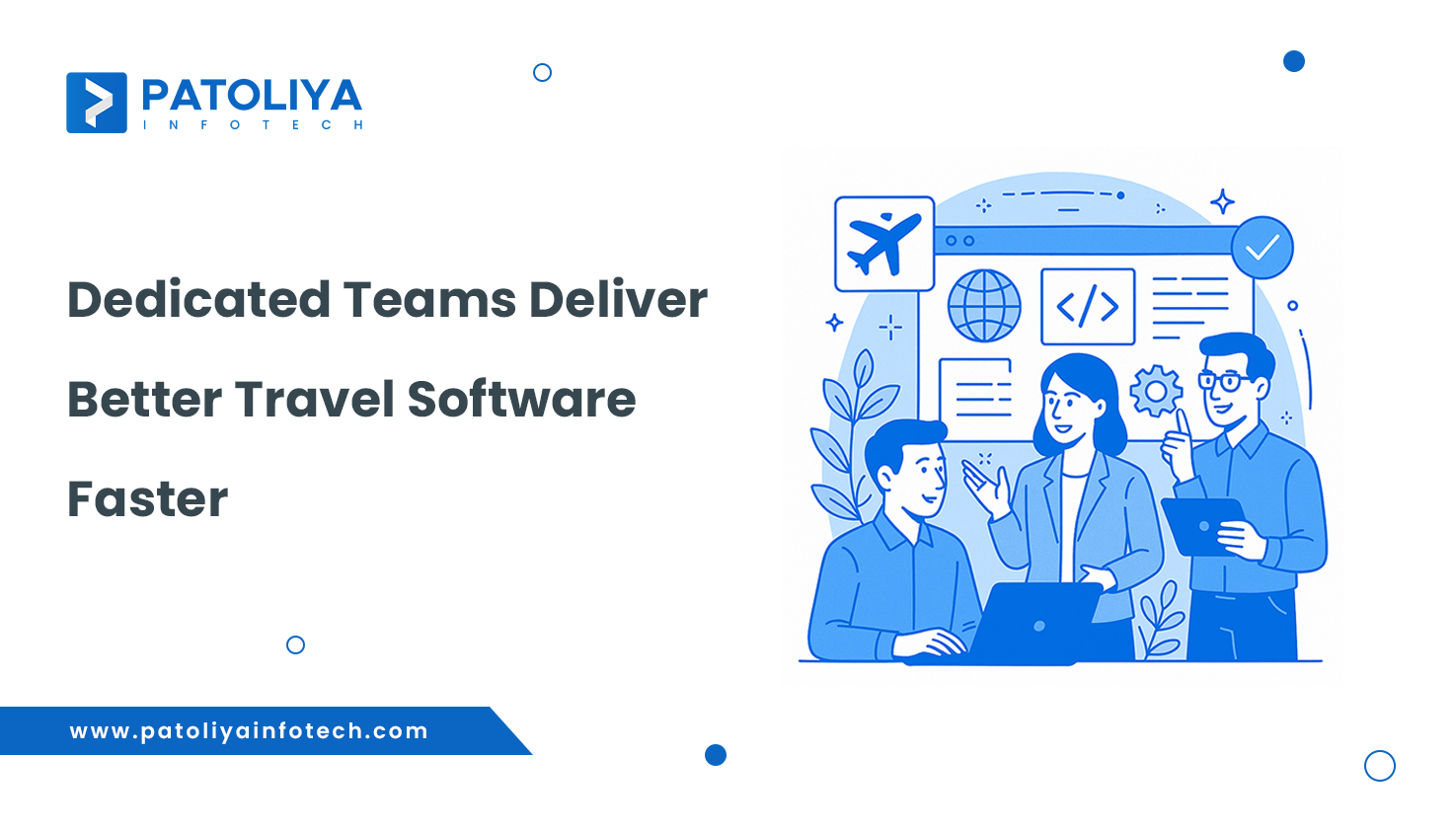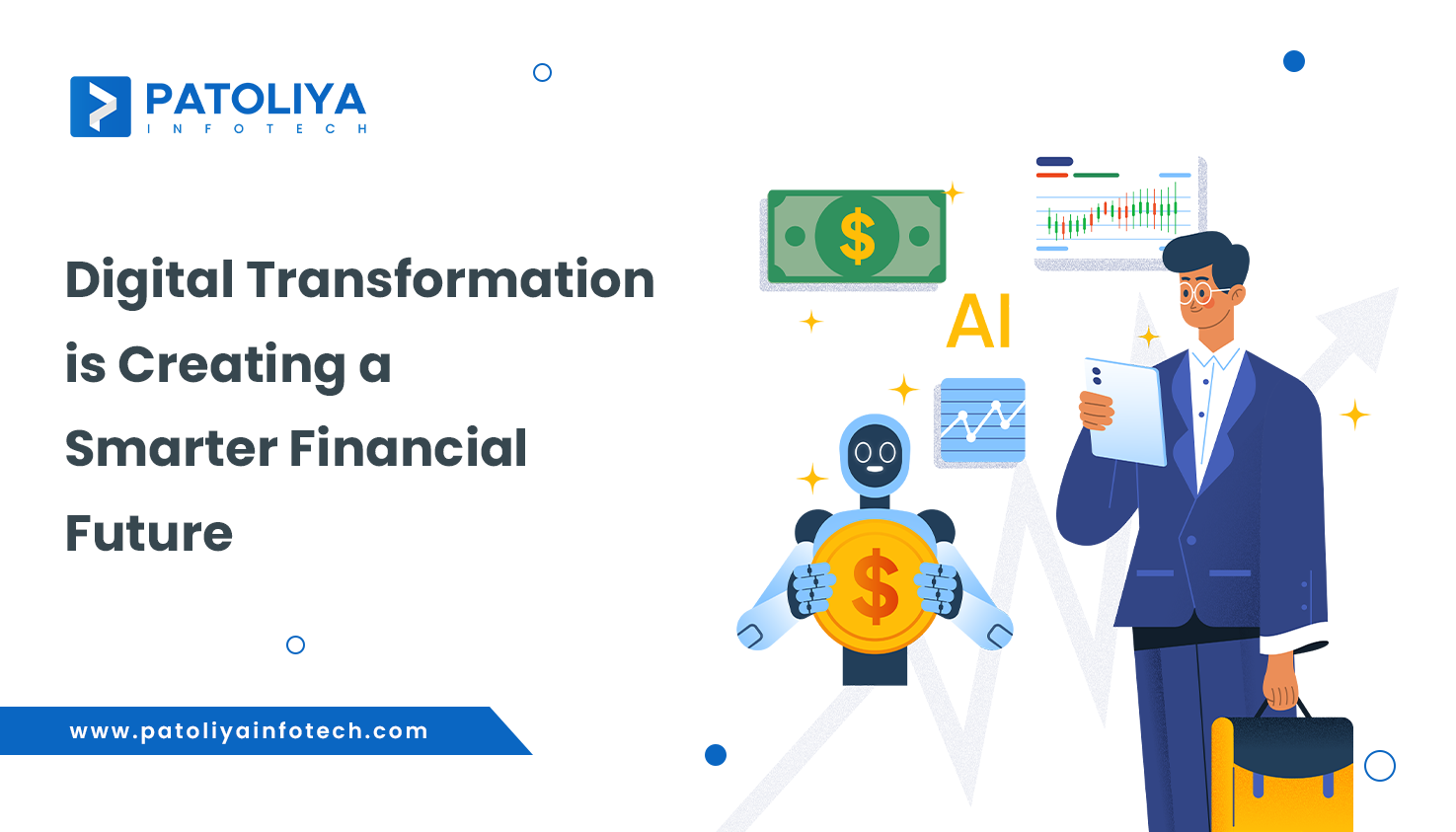New Era AI & Virtual Organization

Partners engaged in virtual organizations embark on a shared journey, intertwining risks, costs, and rewards, all directed towards conquering the global market. These entities share distinctive traits: a purpose driven by discerned market prospects, possession of world-class core competencies, reliance on expansive information networks, interconnected relationships, and permeable boundaries. As an IT company, our interactions with distant virtual clients underscore the paramount importance of exploring novel means of connection.
Virtual organizations are structured to seize specific market opportunities. Once an alliance harnesses an opportunity, partners may pivot towards fresh collaborations, marking the fluidity inherent in this landscape. Notably, IT firms engage remote professionals, leveraging AI's prowess to magnify their impact.
Each partner within a virtual enterprise contributes a top-tier core competence, whether in design, manufacturing, or marketing. This amalgamation of expertise allows for synergies, unlocking a realm of possibilities.
As these organizations forge new connections, advanced information technology emerges as a critical component in their success. Computerized systems enable geographically dispersed teams to collaborate seamlessly. Utilizing desktop videoconferencing, collaborative software, and intranet systems fortifies information flow among team members. With an emphasis on instant communication and heightened information needs, members of autonomous virtual teams demand substantial and quality data for effective functioning.
Members of virtual organizations foster a web of interdependent relationships. These relationships necessitate unprecedented levels of trust, blurring the conventional boundaries between competitors, suppliers, and customers. Such alliances impel organizations towards innovative management practices.
Virtual office systems, driven by intelligent agents or robotics, extend organizational boundaries, facilitating interaction with a wider array of businesses than previously achievable through traditional approaches.
Artificial intelligence presents immense potential in aiding managerial decision-making. Senior executives bear the responsibility of mastering its utilization while ensuring it empowers rather than threatens. Despite AI's capacity to challenge established paradigms, fundamental human-centric questions about purpose, service, and employee engagement remain pivotal. Integrating AI into our management systems promises tangible results.
Virtual environments for training stand as another facet of virtual organizational activities. By amalgamating virtual reality and intelligent tutoring, these environments empower employees to engage in simulated programs, enabling independent query resolution.
In the contemporary landscape, AI-driven data collection and analysis continually elevate productivity and efficiency. However, as AI progresses, its increased autonomy poses challenges, demanding astute management, especially with the growth and expanded usage within companies.
Virtual organizations, complex yet laden with potential, encounter failures and successes alike. Among the myriad challenges lie strategic planning dilemmas, boundary ambiguity, loss of control, and the imperative need for new managerial skills. Integration of AI can potentially alleviate these challenges, infusing problem-solving techniques and bridging geographical distances while resolving remote issues.
Dive into the World of IT Services Reshaping Industries and Unleash the Power of Transformation for a Brighter Tomorrow!
AI-Powered Virtual Organizations:
Technology remains the lifeblood of these interconnected entities. Secure and instantaneous communication, facilitated by tools like videoconferencing, collaborative software, and intranets, acts as the conduit for virtual collaboration. With teams operating with increased autonomy, access to high-quality information stands as a critical necessity, demanding seamless knowledge sharing and efficient data management.
These collaborative endeavors mandate unprecedented levels of trust. Former competitors, suppliers, or customers have transitioned into interdependent partners, blurring the traditional business landscape. This shift necessitates innovative management practices fostering cooperation and transparency within this intricate network.
Artificial intelligence emerges as a transformative force for virtual organizations. Intelligent agents and robotic systems expand their reach, enabling interactions with a broader spectrum of businesses. AI-powered decision-making tools empower managers, offering valuable insights and automating routine tasks. However, prudent implementation remains crucial, ensuring AI augments human capabilities without instigating fear or displacement.
Virtual environments redefine employee training. By integrating virtual reality and intelligent tutoring, these simulations immerse employees in learning experiences, allowing participation in scenarios and skill honing within a safe and engaging setting.
Data collection and analysis, powered by AI, revolutionize operations, propelling virtual organizations towards enhanced productivity and efficiency. However, as AI's autonomy burgeons, managing its needs and addressing ethical concerns surrounding bias and transparency becomes paramount.
Despite inherent complexities and potential pitfalls, virtual organizations harbor immense potential. Through the integration of AI and innovative management practices, these dynamic entities can surmount challenges such as strategic planning dilemmas, boundary blurring, and loss of control.
Generation Y, raised amid technological advancements, emerges as poised navigators of this evolving landscape. Their adaptability, digital fluency, and collaborative spirit position them ideally within this interconnected world.
By leveraging AI, navigating complex partnerships, and fostering continuous learning, virtual organizations can carve a niche as the future of business, redefining collaboration and unlocking unprecedented possibilities worldwide.
This convergence proves particularly advantageous for Generation Y, a cohort adept at resourcefulness and technology utilization, positioned as the primary beneficiaries and adept users of such innovations.



